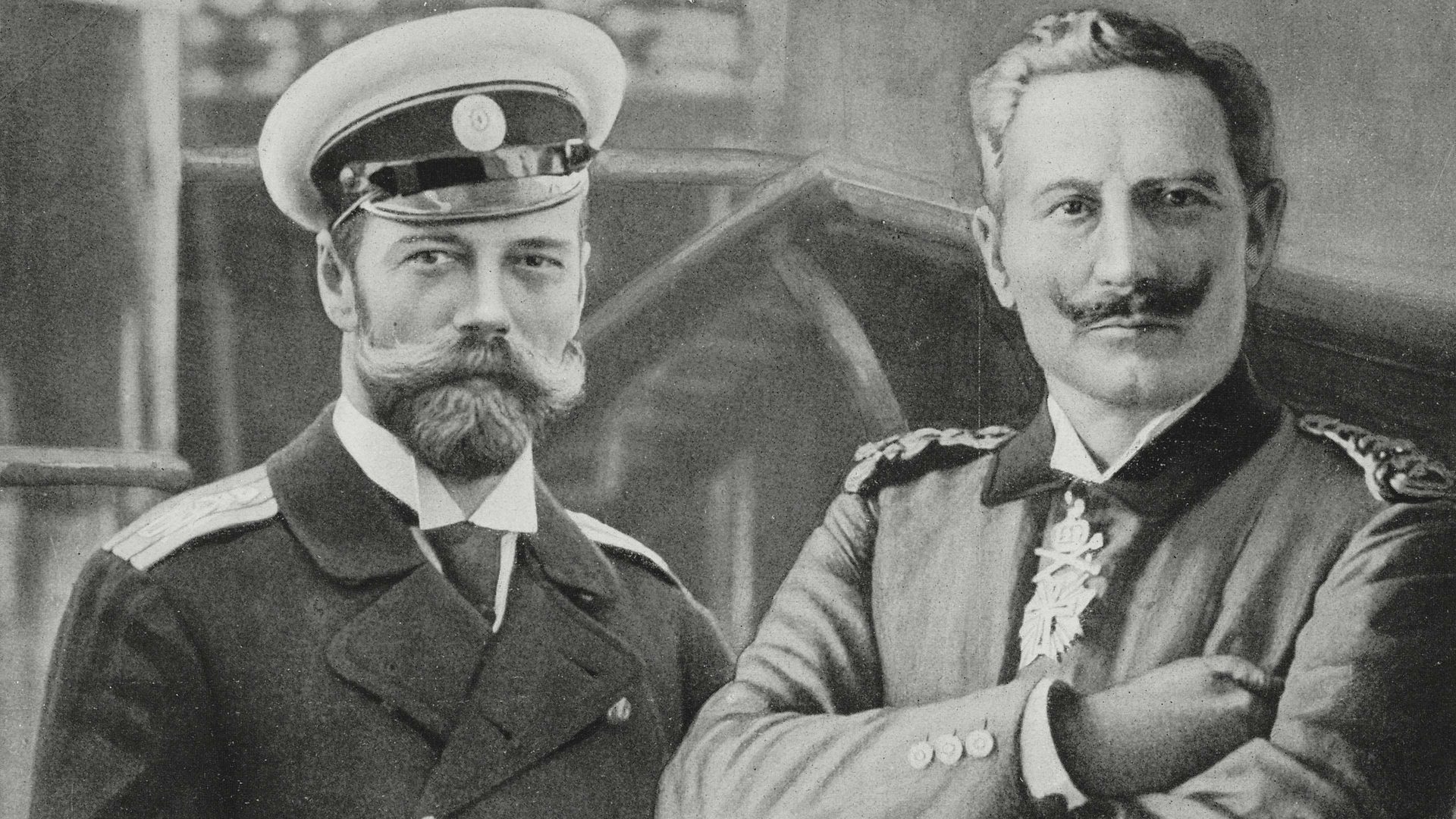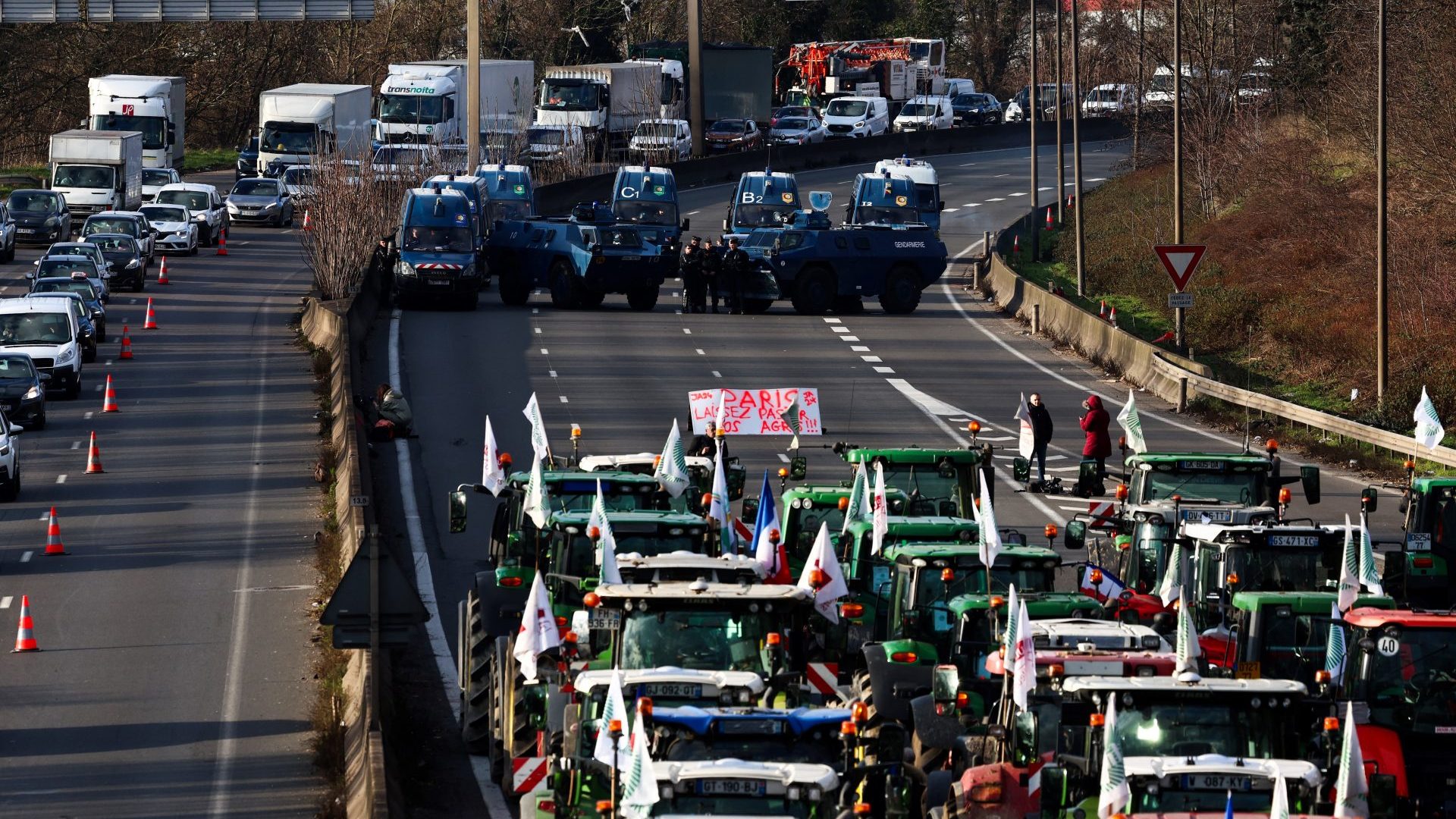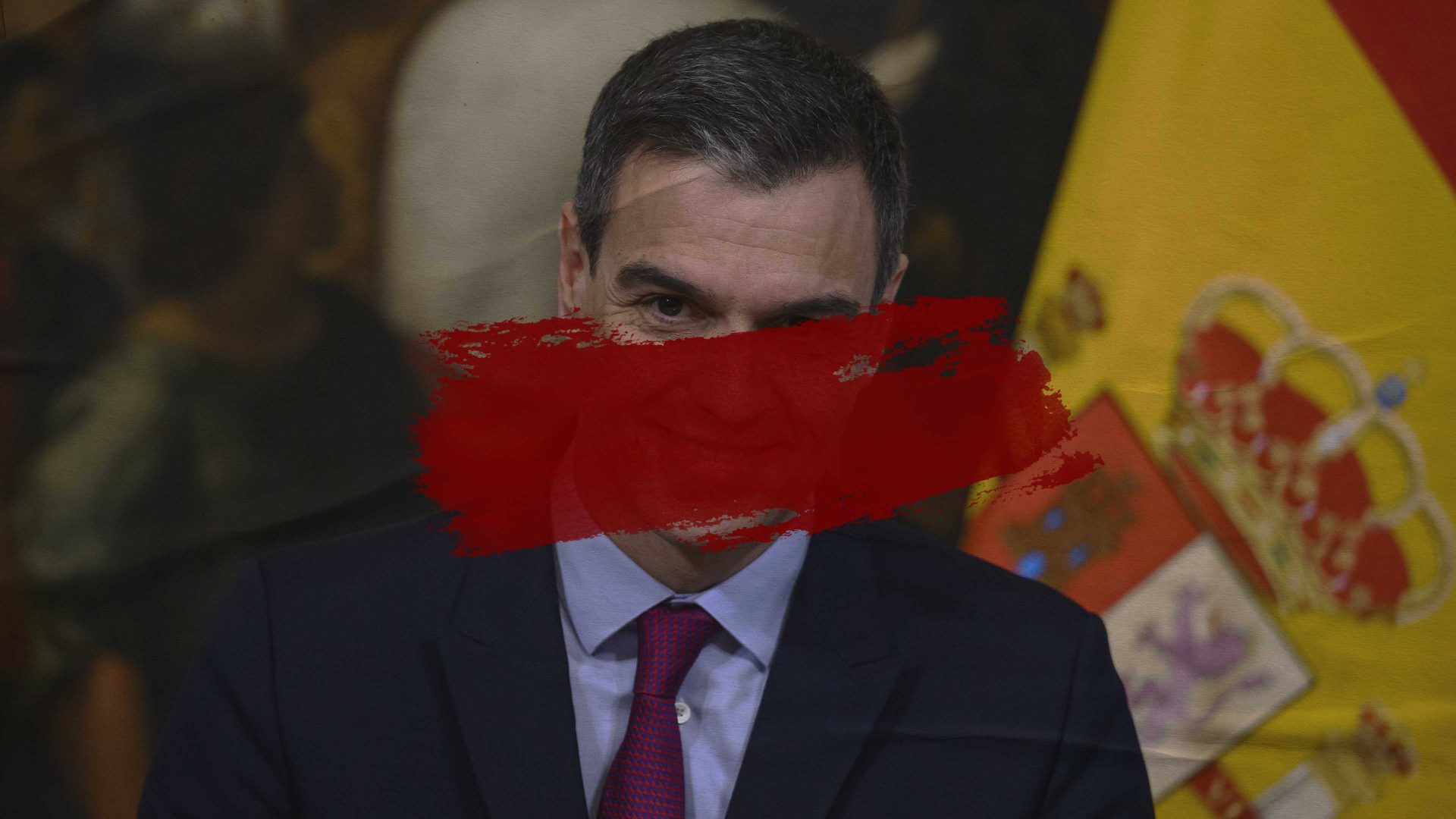In Tallinn, there are Ukrainian flags everywhere, especially in front of the Russian Embassy. There are hundreds of them, alongside a rash of anti-war signs. Perhaps the most prominent flag is displayed in Vabaduse Square – “Freedom” Square. A huge flag flies there, bearing a mixture of the horizontal blue-yellow bands of Ukraine and the blue-black-white tricolour of Estonia.
The three Baltic countries have been fiercely supportive of Ukraine during the Russian invasion. During elections last year in Estonia, national security was one of the main issues, and Kaja Kallas, one of Europe’s most outspoken pro-Ukrainian politicians, won a landslide victory.
Estonians have a dark sense of humour. One local chuckled, “If Russia invades Estonia, a Nato and EU member, nuclear war would probably wipe out humanity before we even realise that we’ve been invaded.” It’s not much of a joke.
Estonia, along with other Baltic states, has its own history of dealing with Russia – and it’s not a happy one. Thirty-five years ago, tourists were not allowed to visit the Estonian town of Paldiski, an hour away from Tallinn, as it used to be a “closed city”. The USSR had several dozen closed cities. Some had military bases, others scientific facilities, and the Estonian SSR at the time had two closed cities: Sillamäe, which had a uranium enrichment facility, and Paldiski, which had a submarine base. When Estonia gained independence from the USSR, the jurisdiction of the city was gradually handed over to Tallinn, and the last Russian soldiers withdrew in 1994. Paldiski was finally handed over to the Estonian authorities in 1995.
As you stand on the cliffs, the waves hit the shore hard – the Baltic Sea really is absolutely majestic. The 19th-century Pakri lighthouse looms overhead, and beside it the ruins of a much older construction. Nearby, an old customs building, dating from the reign of Peter I, has been turned into a tavern. In Russia, Peter I is called “the Great”. In Turkey, where I am from, he is called “Petro the Mad”. Inside, it feels less like a tavern and more like a museum. There’s an oil painting of mad old Peter up on the wall, along with a display of documents from Estonia’s first republic in the interwar era. There are maps showing how the old borders used to be, old banknotes and Soviet-era street signs.
I was looking at an old photo of Tsar Nicholas II when a waitress came up and asked if I knew what Nicholas II did in Paldiski. I said no. The last time that Nicholas II met with Wilhelm II – the Kaiser – was in Paldiski, she explained. “Willy” and “Nicky”, as they called one other, met in 1912 in this port city, two years before the Great War. They would not meet again.
Estonia gained independence from Russia following the Revolution of 1917 and the subsequent Russian civil war. Paldiski remained strategically significant, and during the interwar period it continued to serve as a base for the Estonian navy.
The second world war dealt Estonia a series of shattering blows. The Red Army occupied the country in 1940. In 1941, the Nazis invaded, and in 1944, the Soviets re-occupied and annexed the territory. The Estonian government views the Soviet period as a period of illegal occupation, and that view extends across much of the Baltic. In Latvia and Lithuania, certain communist symbols are prohibited. Estonia considered implementing a similar ban, but the proposal failed to pass through the parliament.
Despite the horrors of the war in Ukraine, and the looming threat of the present-day madman in Moscow, it’s hard not to see Estonia as a success story. Tallinn is teeming with tech startups, and the city is thronging with expats, drawn here by the vibrant city life on offer.
Despite its dark past, Paldiski is a charming small town that survives off a combination of shipping and tourism. But the Russian soldiers only left 30 years ago. The unspoken question here is – what if they return?
Celal Budak is a writer living in Istanbul



